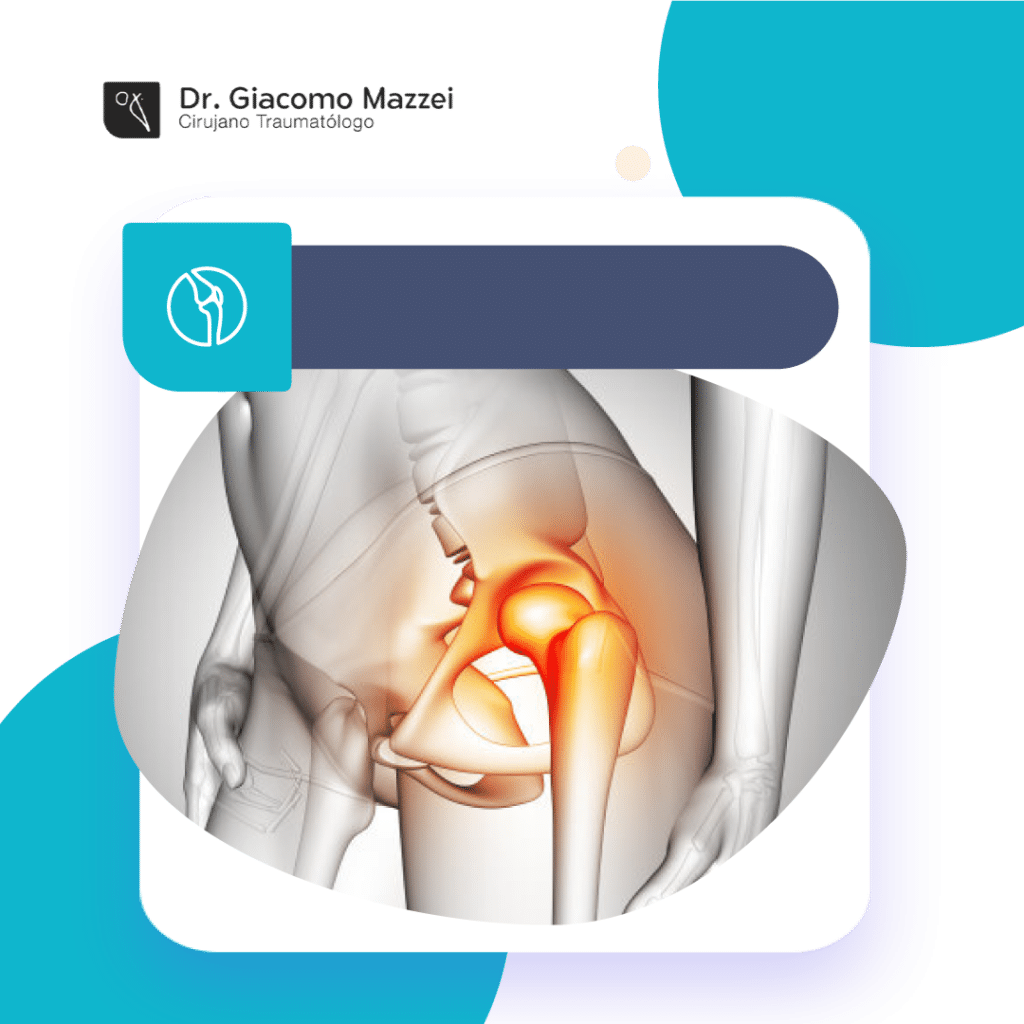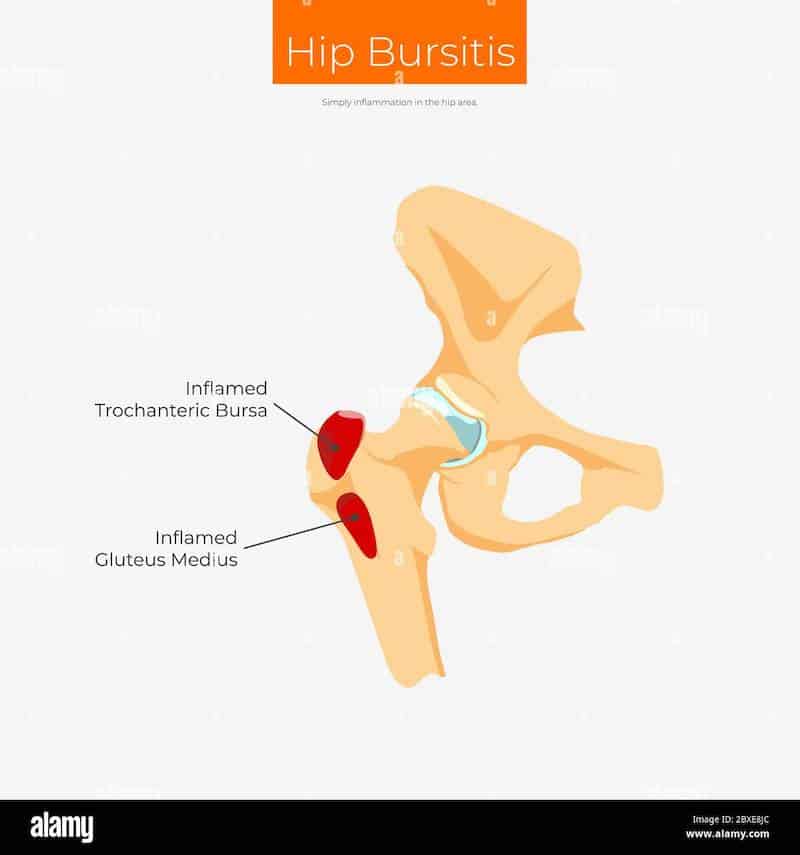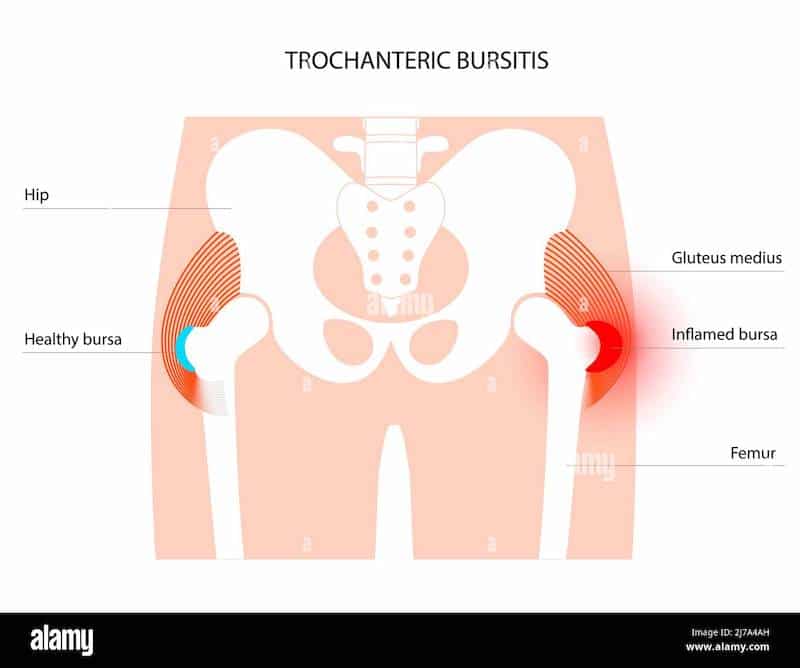Trochanteric bursitis: Causes and symptoms

As we age, our body undergoes various changes, and sometimes these changes can lead to certain health conditions. One of these conditions that commonly affects older adults is trochanteric bursitis, or trochanteric bursitis.
As a professional surgeon specializing in knee and hip surgeries in Spain, I aim to shed light on this condition, explain its symptoms in simple terms and emphasize the importance of consulting a healthcare professional for proper diagnosis and treatment.


- Hip pain: The most common symptom of trochanteric bursitis is pain on the outside of the hip. The pain may be sharp, dull, or throbbing and may radiate down the side of the thigh. It usually worsens when doing activities such as walking, climbing stairs, or lying on the affected side.
- Imagine you are trying to climb the stairs and you feel a sharp pain on the side of your hip. Or when you are lying in bed at night, the pain intensifies and you find it difficult to find a comfortable position.
- Tenderness and swelling: The affected area may feel tender to the touch and swelling may occur due to inflammation of the bursa.
- Imagine you feel a tender spot on the side of your hip when you press on it. It may feel warm and slightly swollen, indicating the presence of bursitis.
- Limited range of motion: Trochanteric bursitis can cause stiffness and limitation of motion in the hip joint. Activities that require hip abduction or rotation, such as crossing your legs or getting in and out of a car, can become challenging.
- Imagine that you feel tightness in your hip when you try to cross your legs or that you feel discomfort when getting in and out of the car. These difficulties may be indicative of trochanteric bursitis.
Do you need an appointment with a professional doctor? By clicking here you can contact me where you can study your case.
